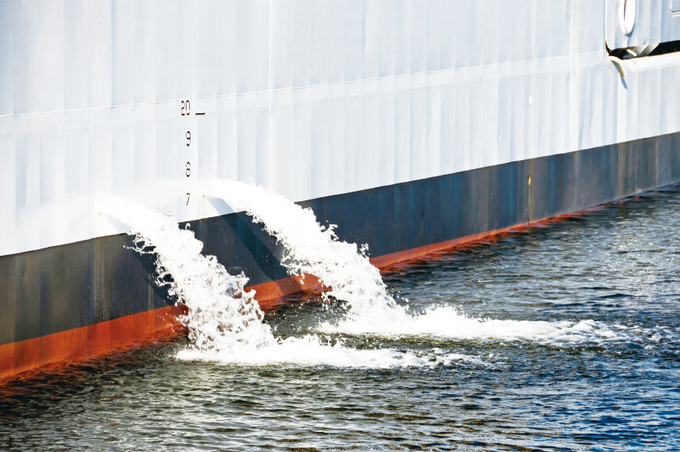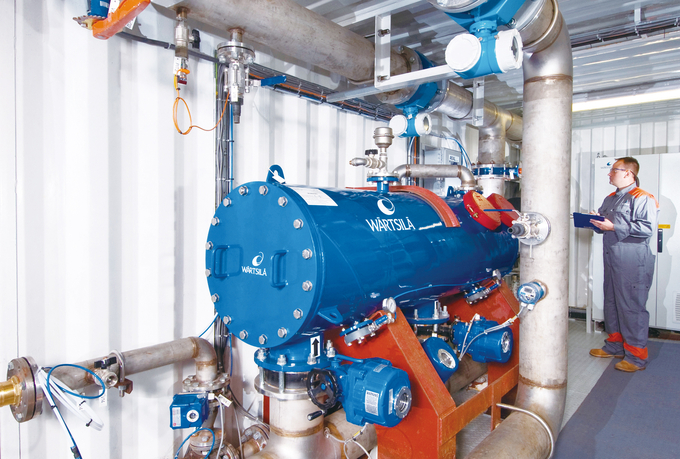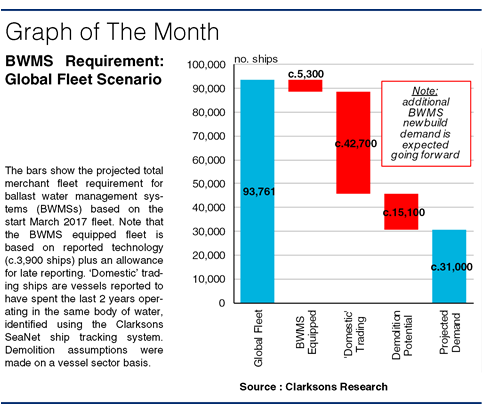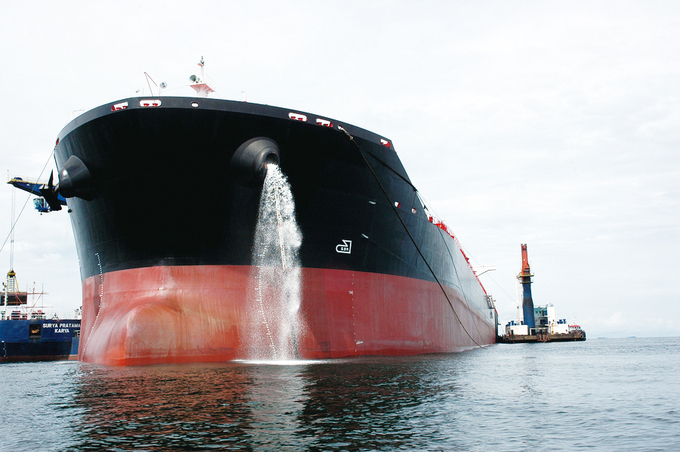
The IMO’s Ballast Water Management Convention was finally ratified in 2016 and 55 states representing 53% of global GT are currently signatories. This key piece of environmental legislation will enter into force on 8th September 2017 and the ramifications for the fleet are significant. Thousands of ships will require costly technology and elevated levels of demolition are expected as compliance dates approach.
The IMO’s Ballast Water Management Convention aims to prevent the spread of harmful and invasive species via ships’ ballast water and requires that vessels install approved ballast water management systems (BWMSs). However, technology and installation costs are significant and range from anything between $0.5m to $3m per ship.
Currently, around 3,900 vessels in the fleet are reported to have a BWMS. Bulkers, tankers and boxships account for 70% of these. A much higher proportion of the orderbook is compliant, around 16%, and most ships on order have provisions for BWMSs.

Ships constructed after the convention enters into force on 8th September 2017 must comply upon delivery while most existing ships will have until the first renewal of their International Oil Pollution Prevention certificate (IOPPC) to comply.
This typically occurs during a ship’s 5-year Special Survey but, depending on the flag administration, the IOPPC can be ‘de-harmonised’ and renewed separately. This could delay compliance dates, an attractive option in weak shipping markets, especially as only three systems currently have USCG ‘Final Approval’, which enables ships to sail in US waters.

The graph illustrates one potential scenario for BWMS retrofit demand across the global merchant fleet. Excluding c.5,300 ships estimated to have BWMSs (including allowances for late reporting) and around 43,000 ships engaged in ‘domestic’ trading, as these are likely to be exempt from the convention because they operate within one body of water, approximately 46,000 ships require a BWMS.
However, BWMS retrofit is costly and can be technically difficult for older ships and this may push owners to scrap as compliance dates near. With a rough assumption that ships of 20+ years will be recycled rather than retrofitted, BWMS retrofit demand falls to c.31,000 ships.
Clearly, this high-level scenario is very sensitive to the assumptions made and BWMS retrofit demand could be much higher or lower in reality. Overall, however, the number of ships requiring BWMSs is likely to be considerable and how the compliance schedule is phased will be very important. Whether there is sufficient docking and engineering capacity is another concern, and the potential for installation ‘bottlenecks’ appears to be high.

The ratification of the Ballast Water Management Convention has significant implications for the shipping industry. Compliant technology can be costly and older ships are likely to be recycled, especially given the current weak earnings environment. Even with increased demolition, thousands of existing ships are still estimated to require BWMSs and meeting this requirement will be challenging.
(Source : Clarkson Research Services)

















